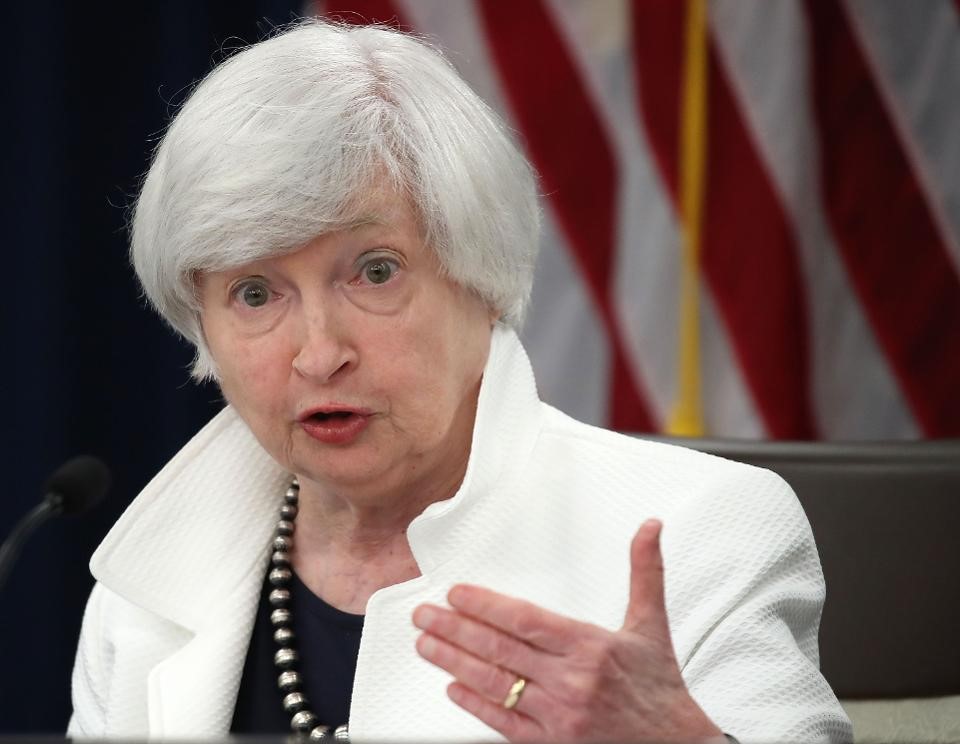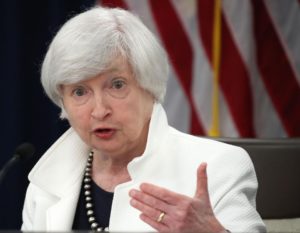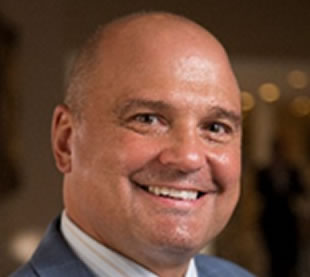
Why Long-Term Interest Rates May Not Rise In 2018

(Photo by Mark Wilson/Getty Images)
The U.S. economy has been in growth mode since 2009, and many investors have been anticipating significant interest-rate increases. This may be a logical expectation because, historically, the Fed has raised rates to slow down the risk of inflation during market expansions. Our current economic growth, as measured by GDP, is greater than 2.5%, and unemployment is approaching generational lows of 4%. And, if Congress passes smart tax reform legislation, then our economy could heat up even more, which could put more upward pressure on interest rates.
However, despite these and other strong economic indicators, the Fed kept its target Federal Funds (“Fed Funds”) Rate near zero from 2008 until 2015. Since then, the Fed has made only a handful of quarter-point increases to this highly watched barometer. The Fed Funds Rate is now at 1.25% with one probable year-end hike in the cards. The current rate range is much lower than its historical average and certainly lower than it’s been in other periods of economic expansion. Looking into 2018, many economists are expecting two or possibly three increases, but other factors may impact how rapidly the Fed will move to raise rates.
The Fed sets short-term interest-rate policy through a variety of maneuvers (e.g., setting the Fed Funds Rate) and through open-market operations (e.g., buying and selling bonds). When the Fed buys bonds, as it did following the 2008 market crash, it is adding liquidity to the financial system, which pressures interest rates lower. When it sells bonds, it is removing liquidity from the financial system, which can move rates higher. Both of these actions have more influence over short-term bonds than longer-term bonds, which is why it is often said that the Fed primarily influences the shorter end of the yield curve (e.g., bonds with about 3 years or less to maturity).
In the past two years, the Fed has raised the Fed Funds Rate and stopped its open-market bond purchases. Recently, the Fed announced it will also shrink its balance sheet and sell bonds into the open market. As a result of these moves, shorter-term interest rates have risen thus far in 2017, while interest rates on longer-duration bonds, such as the ten-year Treasury note, have actually declined.
| Bond | January 3, 2017 Yield | November 24, 2017 Yield | Basis Point Change |
| 2 Year Treasury Note | 1.22% | 1.74% | .52 |
| 10 Year Treasury Note | 2.45% | 2.34% | -.11 |
Source: https://www.treasury.gov/resource-center
This narrowing rate differential is one factor that may limit the Fed’s ability to continue to hike short-term rates. Many economists believe a recession will follow when the yield curve flattens or inverts (meaning longer-term rates are the same or lower than shorter-term rates). Another factor that can limit Fed tightening is that higher interest rates may strengthen the dollar and make our exports less competitive. The Fed has demonstrated that it does not want to be responsible for crushing our economic revival, so it may be somewhat handcuffed in its efforts to raise short-term rates despite its stated intentions to do so.
Investors are wondering how all this will impact longer-term bonds in 2018. The answer may lie overseas. Central Banks, like the European Central Bank (ECB) and the Bank of Japan (BOJ), continue to have soft monetary policy in an effort to inflate their economies. In fact, they are taking a page out of the Fed’s recent playbook by flooding their economies with cheap money and taking aggressive action to lower interest rates in an effort to stimulate economic growth and boost inflation. For example, in Japan, the Bank of Japan (BOJ) continues to buy assets, including stocks. Actions like this keep a lid on Japan’s interest rates and force their bond investors to seek higher returns overseas. German investors face a similar situation.
| Country | Ten Year Note Yield (as of November 24, 2017) |
| Japan | .03% |
| Germany | .36% |
| United States | 2.34% |
Source: www.wsj.com
Capital flows to where it can be put to best use. Overseas investors, when searching for relatively safe returns, see our ten-year note yield and then want to invest. With money flowing into our bond market, the prices of our bonds rise, which in turn pushes down our interest rates.
So despite the Fed’s stated intentions to raise interest rates, the global markets and foreign central banks are having a significant influence on our longer-term rates. Gone are the days that the U.S. Federal Reserve is the only game in town. Capital markets are truly global, other Central Banks have clout, and foreign flows of capital into the U.S. can mitigate the actions of The Fed. In this environment, cash-flows into the U.S. from foreign investors could be the biggest reason we may not see a significant rise in longer-term U.S. interest rates in 2018.



Engage us on Facebook
Follow us on Twitter
Tweets by @mymcmedia